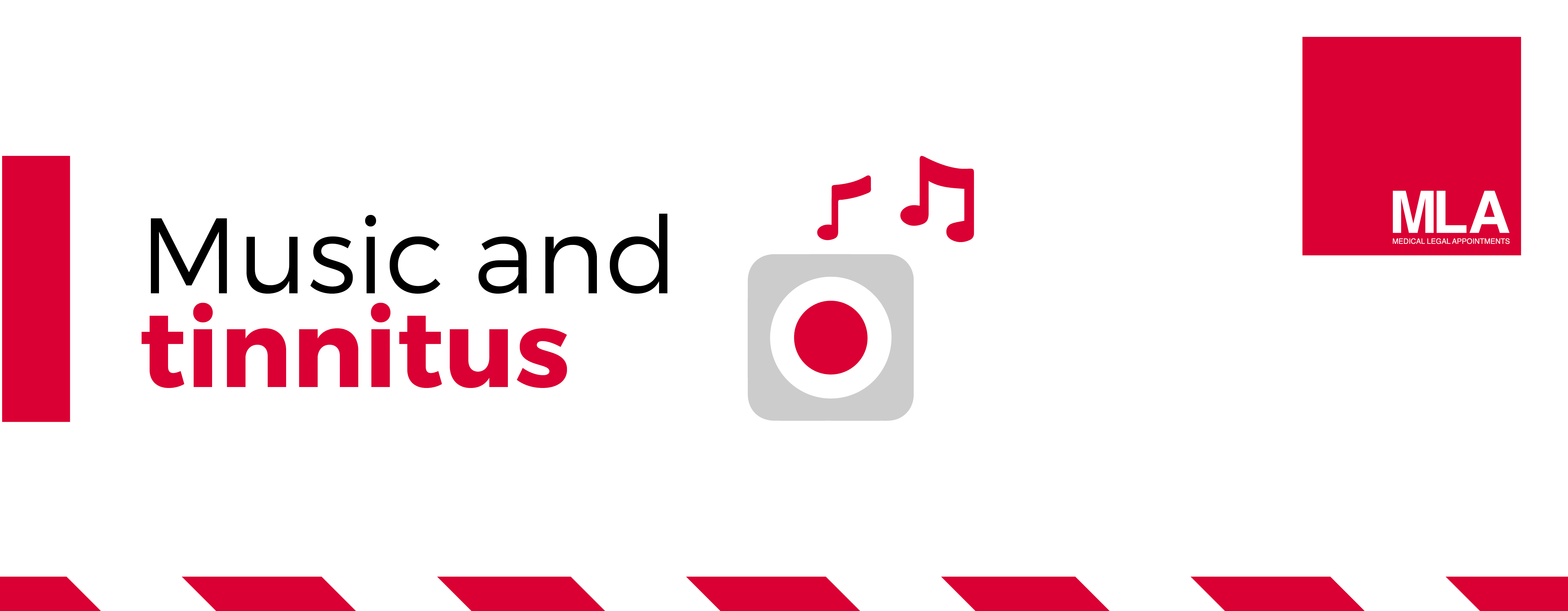Steam pipes hissing. Tablets fizzing in a glass of water. Bacon sizzling in a pan. A constant, distorted, high-pitched tone. These are just some of the sounds used to describe tinnitus.
In our previous blog, we defined tinnitus as any noise a person hears which does not have an external source. For most people, this noise goes away on its own. However, this is not always the case.
Research indicates that 16% of hearing loss worldwide is caused by exposure to excessive noise in the workplace, which can lead to tinnitus. Regular and prolonged exposure to loud sounds is just one of the reasons people have tinnitus. If you’ve ever been to a concert and not worn earplugs, you’ve most likely experienced tinnitus, at least for a short amount of time.
Musicians with tinnitus
There are many famous musicians who have tinnitus, including Chris Martin, Will. I. Am, Bob Dylan, Liam Gallagher, Mark Ronson and Ozzy Osbourne.
Exposure to any noise of 85 decibels and above is unsafe without ear protection, and the average rock concert reaches 112 decibels, so it comes as no surprise that musicians are at a higher risk of tinnitus. This is because long exposure to loud noises damages the hair cells in your ear. Sal Gentile, the national support group liaison for the American Tinnitus Association, compares these hair cells to a field of grass. “Every time you hear music, the grass is being stepped on and eventually the cells can’t stand up anymore.” Groups of cells function together to register different ranges of sound. When the receptors for an entire range of sound are damaged, it leaves a gap. “Nature doesn’t like gaps, so that gap is filled in. There’s nothing to process the sound, so the brain creates this phantom noise.”
Variations of tinnitus
Tinnitus comes in a variety of forms. Pulsatile tinnitus appears to follow rhythm such as your heartbeat. Musical hallucination (or musical tinnitus) is the experience of hearing music when none is being played and it is often mistaken for real music. The sounds are typically heard as short fragments of simple melodies – often from music heard regularly by the individual.
Tinnitus in the media
In the past, tinnitus was not a well-known condition. However, recent years has seen the condition receiving more attention in the media. Edgar Wright’s film Baby Driver was released in 2017 and stars Ansel Elgort as a young getaway driver who suffers from tinnitus and copes by continuously listening to music.
In 2018, A Star Is Born was released and portrayed the story of Jackson Maine (Bradley Cooper) and struggling artist Ally (Lady Gaga). Maine is a rock ‘n’ roll performer who was born with hearing loss. As he is exposed to loud music regularly, he suffers from tinnitus and often has trouble hearing conversations. The film gives a harrowing, raw account of the very real impact tinnitus can have on a person’s life.
How to protect yourself from noise-induced tinnitus
As there is no cure for tinnitus, it’s vital measures are taken to protect your ears – especially if you’re a regular concert goer.
Foam earplugs are cheap, reasonably comfortable and offer good attenuation (loss in intensity of sound) up to 30dB if properly fitted. However, as they completely block your ears, there’s also a loss of sound clarity and you can’t guarantee a proper fit, especially if they haven’t been put in correctly. Wax and silicone plugs can also be purchased offering the same protection for a similar price.
Universal fit high-fidelity earplugs are slightly more expensive at around £12.99, but they offer more sound clarity.
Custom moulded earplugs are made bespoke to your ear canal and provide a perfect fit and seal. These types of earplugs deliver guaranteed specific attenuation and come in a range of high fidelity filters. With the best starting at £139, they are the most expensive in the market, but also some of the most effective.
Efficient NIHL testing
At MLA, we have a team of experienced individuals who provide Audiology and NIHL reports for the diagnosis and quantification of NIHL and tinnitus grading. We place ourselves at the forefront of the industry and pride ourselves on driving innovation and efficiencies throughout our service delivery.
You can learn more about tinnitus by reading our previous blog, or to find out more about our NIHL services, speak to our dedicated team today.
Sources:

